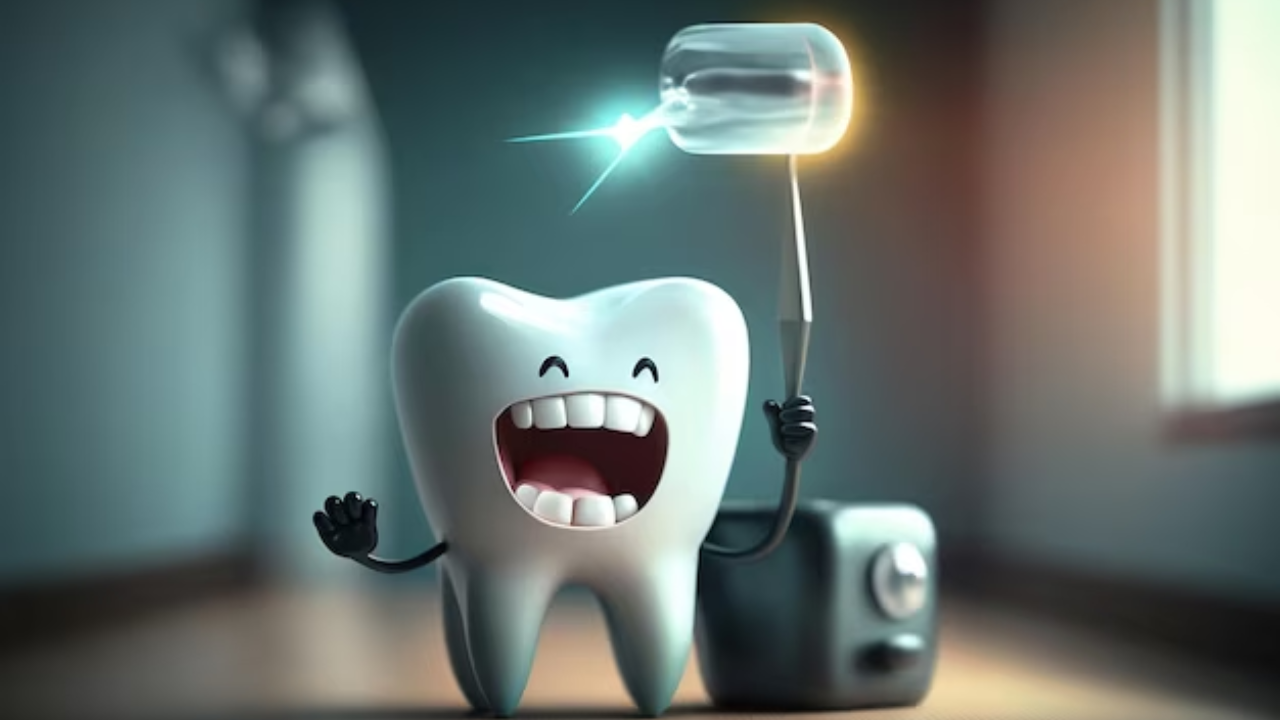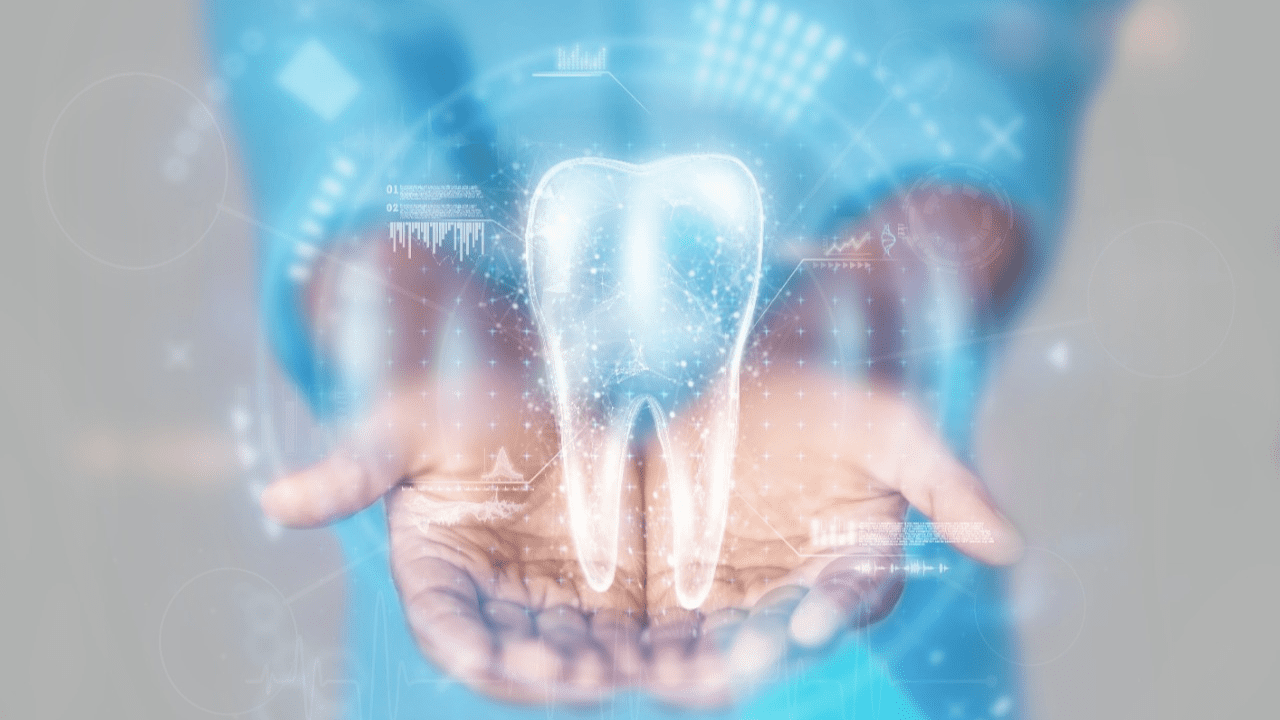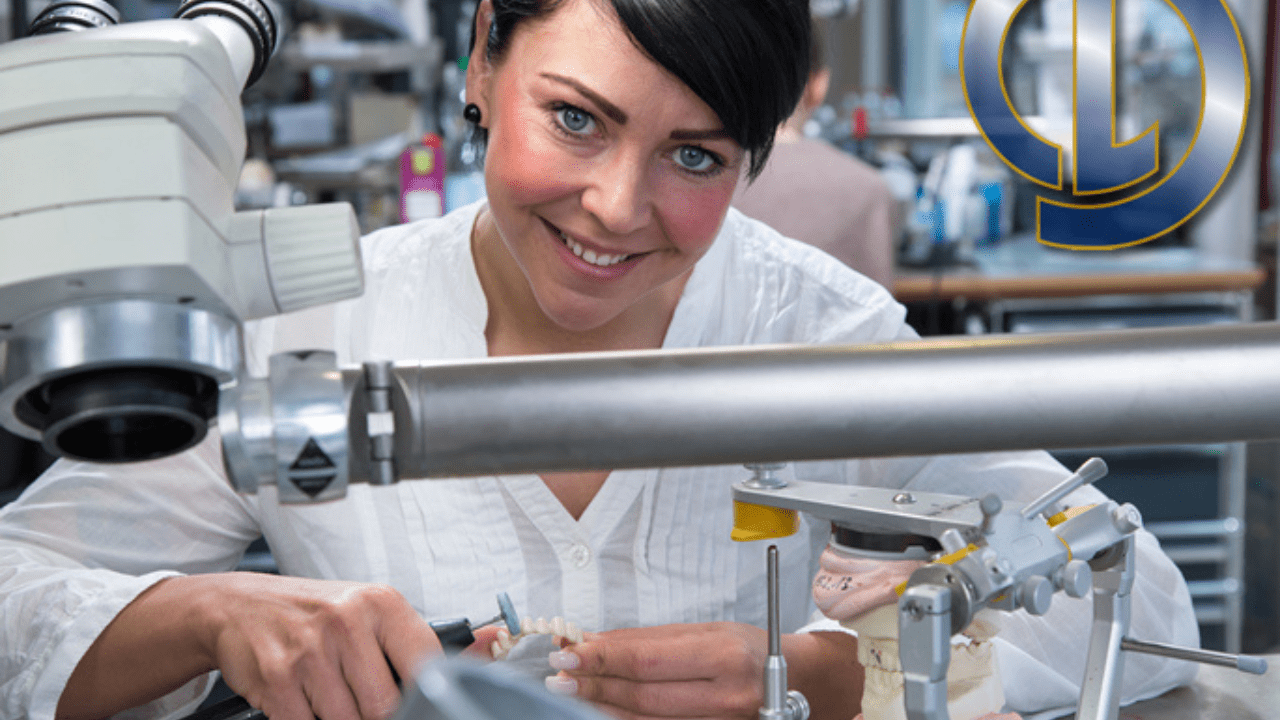
Dental Trends 2024: What's Next in Dental Technology?
Posted Dec. 27, 2023 by Haresh SavaniAs we stand at the threshold of 2024, it's clear that the world of dentistry has been on a remarkable journey of evolution. The transformation has been revolutionary from the rudimentary tools of ancient times to today's sophisticated digital technologies. This journey is not just about technological advancements; it's a story of the relentless pursuit of better patient care and precision in dental treatments.
The Evolution of Dental Care
Dental care has come a long way from the early days of tooth extractions without anesthesia. Today, we're looking at a future where dental visits are less daunting and more efficient, thanks to technological innovations. This transformation is not just about comfort; it's about precision, early detection, and personalized treatment plans that cater to individual needs.
Importance of Technological Advancements in Dentistry
Innovations in dental technology are not mere conveniences; they are necessities in our quest for better oral health. With rising dental health issues and the need for more accessible care, technology is stepping in to bridge gaps, enhance accuracy, and offer patients a more holistic approach to dental wellness.
Revolutionary Technologies in Dental Care
As we look ahead to what 2024 has in store, let's explore the technologies leading this dental revolution.
1. AI and Machine Learning
Artificial Intelligence (AI) and machine learning are far more than just contemporary buzzwords; they are pivotal forces driving significant change in the dental industry. Their diverse applications, spanning from diagnostics to treatment planning, are fundamentally transforming dental practices. Here are some key areas where AI and machine learning are making an impact:
- Enhanced Diagnostic Accuracy: AI algorithms excel in analyzing complex dental imaging, such as X-rays and 3D scans, with a precision that often surpasses human capabilities. This leads to more accurate diagnoses of conditions like cavities, periodontal diseases, and even oral cancers at early stages.
- Personalized Treatment Plans: Machine learning algorithms process vast amounts of patient data to suggest customized treatment plans. These plans consider a patient's unique dental history, current oral health status, and even genetic predispositions, ensuring a highly tailored approach to dental care.
- Predictive Analytics for Preventive Care: AI's ability to predict potential dental issues before they escalate is revolutionizing preventive care. By analyzing trends and patterns in a patient’s dental history, AI can forecast future dental problems, allowing for early intervention.
- Automated Administrative Tasks: AI is also streamlining back-office operations in dental clinics. From scheduling appointments to managing patient records, AI-driven software helps reduce administrative burdens, allowing dental professionals to focus more on patient care.
2. 3D Printing in Dentistry
The integration of 3D printing into dental technology is a significant leap forward, offering exciting possibilities far beyond the scope of traditional methodologies. This innovative approach is revolutionizing how dental solutions are conceptualized and delivered:
- Customization at Its Core: Unlike conventional methods, 3D printing allows for the creation of dental products that are tailor-made for each patient. This customization ensures a perfect fit, enhancing both comfort and effectiveness.
- Rapid Prototyping and Production: The ability to quickly design and produce dental models and appliances accelerates the treatment process, reducing waiting times for patients.
- Accuracy and Precision: 3D printing technology enables the creation of dental prosthetics and orthodontic devices with exceptional accuracy, ensuring better outcomes in treatments and fittings.
This advancement is not just a matter of crafting models; it represents a paradigm shift toward creating highly precise dental solutions. Each product is meticulously designed to match the individual needs of patients, thereby offering a more personalized approach to dental care.
In addition, 3D printing in dentistry signifies a transformative phase in the production and application of dental appliances. With this technology, dentists can now:
- Efficiently produce high-quality dental implants, crowns, and bridges.
- Offer orthodontic solutions, like clear aligners, that are customized for optimal comfort and effectiveness.
- Implement innovative designs in prosthetics, which were previously impossible or too costly to produce using traditional manufacturing methods.
- The impact of 3D printing in dentistry is profound, marking a new era in dental care where efficiency, precision, and customization converge to provide superior patient experiences.
3. Teledentistry
In today's interconnected world, teledentistry is emerging as a vital trend in the dental industry. It represents a significant shift in how dental services are delivered, embracing digital technology to provide care to patients regardless of their location.
Teledentistry is not merely a technological innovation; it's a new approach to dental care that breaks down traditional barriers. It enables patients to receive dental consultations and follow-up care remotely, using digital communication tools. This method of dental care is particularly beneficial in areas where access to traditional dental clinics is limited or for individuals who have mobility challenges.
The benefits of teledentistry are numerous and diverse, making it a promising aspect of modern dental care:
- Accessibility: Teledentistry makes dental care accessible to people in remote or underserved areas, where traditional dental services may not be readily available.
- Convenience: Patients can consult with their dentists from the comfort of their homes, saving time and eliminating the need for travel.
- Cost-Effective: By reducing the need for physical office visits, teledentistry can lower the costs associated with dental care, both for patients and providers.
- Preventive Care and Education: It facilitates ongoing preventive care and education, as dentists can regularly communicate with patients and monitor their oral health.
- Emergency Consultations: Teledentistry offers a platform for immediate consultation in dental emergencies, providing guidance and preliminary care recommendations.
- Support for In-Person Care: It serves as a complement to traditional in-person treatments, allowing for effective follow-ups and monitoring during treatment processes.
The adoption of teledentistry reflects a broader trend in healthcare towards more patient-centric and technologically integrated services. By leveraging digital tools, teledentistry is not just a convenient alternative; it's a crucial component in the evolution of dental care, making it more accessible, efficient, and adaptable to the needs of a diverse patient population.
Patient Experience and Digital Dentistry
The patient experience in dental care is undergoing a digital transformation, enhancing not just the treatment quality but also the overall experience.
Virtual Reality (VR) and Augmented Reality (AR)
Virtual and augmented realities are not just for gaming. In dentistry, they're used for patient education and even pain management.
- Patient Education
VR and AR can simulate dental procedures, helping patients understand their treatments better. This transparency builds trust and eases anxiety, making dental visits less intimidating.
- Pain Management
Believe it or not, VR can also play a role in pain management. By immersing patients in a relaxing virtual environment, it can help reduce anxiety and perception of pain during procedures.
- Mobile Apps for Dental Health
Mobile technology plays a pivotal role in healthcare, and dentistry is no exception. Dental health apps are making waves in how we manage our oral health.
- Monitoring Tools
From reminders to brush and floss to tracking changes in oral health, these apps are personal dental assistants in our pockets. They empower patients to take charge of their oral hygiene, promoting preventative care.
- Interactive Features
Interactive features in these apps, like gamification and rewards, make dental care fun and engaging, especially for younger users. This is a subtle yet powerful way to cultivate good dental habits early on.
Sustainable Practices in Dental Care
Sustainability is becoming a central theme in all healthcare sectors, including dentistry. The focus is on reducing the environmental impact of dental practices while maintaining high standards of care.
- Eco-Friendly Dental Materials
The shift towards eco-friendly materials is a significant step in sustainable dentistry. From biodegradable toothbrushes to mercury-free fillings, the industry is exploring greener alternatives that are safe for both patients and the planet.
- Energy-Efficient Dental Practices
Beyond materials, dental practices are also adopting energy-efficient technologies. This includes everything from low-energy lighting to high-efficiency dental equipment, reducing the carbon footprint of dental offices.
- The Future of Dental Education and Training
As technology evolves, so does the way dental professionals are educated and trained. The future of dental education is interactive, immersive, and more accessible than ever.
- Simulation-Based Training
Simulation technology, including VR and AR, allows dental students to practice procedures in a virtual environment. This hands-on experience is invaluable, offering a risk-free way to hone skills before treating actual patients.
- Online Learning Platforms
The rise of online learning platforms has made dental education more flexible and inclusive. These platforms offer a range of courses and resources, enabling aspiring dental professionals to learn at their own pace and from anywhere in the world.
Challenges and Ethical Considerations
With great technological advancements come significant challenges and ethical considerations. The dental industry must navigate these responsibly.
- Data Security and Privacy
As more patient data is digitized and stored online, the importance of data security and privacy cannot be overstated. Ensuring the protection of this sensitive information is paramount in maintaining patient trust.
- Ethical Implications of AI
The use of AI in dentistry raises ethical questions, particularly around decision-making and bias. It's crucial that these systems are transparent, and fair, and do not replace the human element in dental care.
Summary of Key Trends
2024 is shaping up to be a pivotal year in dental technology. From AI and 3D printing to sustainable practices and digital education, these trends are redefining what it means to receive and provide dental care.
Future Outlook
As we look to the future, the possibilities are endless. The continuous integration of technology in dentistry promises not just improved dental care but also more personalized and accessible services for patients worldwide.
FAQs
1. What are the most promising dental technologies coming in 2024?
- In 2024, we're looking at groundbreaking technologies like AI and machine learning for diagnosis and treatment planning, advanced 3D printing for custom implants, bioprinting, teledentistry for remote consultations, and the use of VR/AR in patient education and pain management.
2. How is AI changing the field of dentistry?
- AI is revolutionizing dentistry by enhancing diagnostic accuracy, predicting treatment outcomes, and creating personalized treatment plans. It's also instrumental in managing patient data and aiding in early detection of oral diseases.
3. Are there any developments in dental care that focus on sustainability?
- Yes, the dental industry is increasingly adopting sustainable practices, such as using eco-friendly materials for dental products and implementing energy-efficient technologies in dental offices.
4. How will 3D printing impact dental treatments?
- 3D printing is a game-changer in dentistry, allowing for the creation of custom-fit dental implants, crowns, and braces with increased speed and precision. It also opens doors to bioprinting, which could lead to the regeneration of dental tissues.
5. What ethical considerations are raised by new dental technologies?
- New technologies in dentistry bring up important ethical considerations, especially concerning data security, privacy, and the ethical use of AI. Ensuring that these technologies are used responsibly and transparently is crucial.
Leave a Comment
Your email address will not be published. Required fields are marked *


